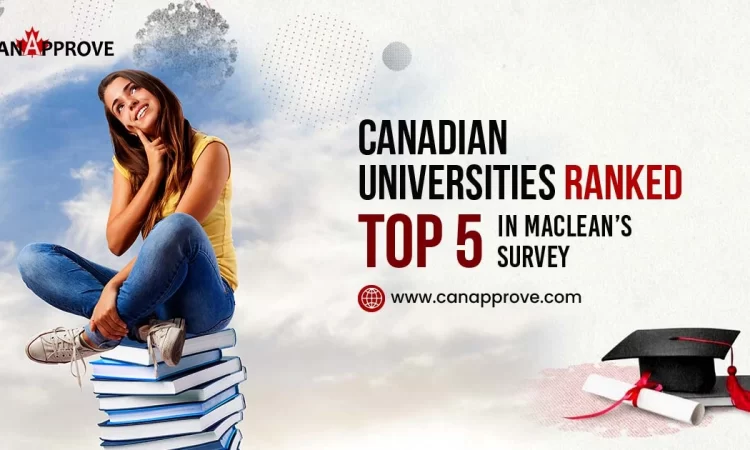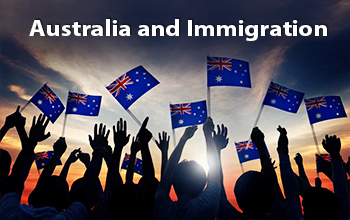MACLEAN’S SURVEY
Maclean’s, a popular news magazine based in Canada, recently published a list of the most reputed Canadian universities and their rankings. The rankings for this year have post-secondary institutions from all regions of Canada. As part of the survey, Maclean’s approached university faculty, senior administrators, high school guidance counsellors and business people to know their views on Canadian universities. All universities from undergraduate, comprehensive and medical doctoral categories were ranked in the survey as one group.
The Top 5 Canadian Universities
1. University of Toronto
The University of Toronto ranks in first place in the Maclean’s rankings. The university has around 90,000 students, both domestic and international and offers more than 700 undergraduate and 300 graduate programs. The University has three campuses in the Greater Toronto area. The signature programs at the University are science, medicine and artificial intelligence.
2. University of Waterloo
In the 2018 rankings of Maclean’s, University of Waterloo is among the top comprehensive Canadian universities. The university has the largest free start-up incubator in the world, which is named Velocity. The University also provides talented students free access to resources. Another attraction of the university is that it has the world’s largest co-op program, with more than 19000 students and 6700 employers. The employment rates are up to 99.9 percent. The signature programs of the University include Actuarial Science, Nanotechnology, Commerce and Architecture.
3. University of British Columbia
The University of British Columbia has two campuses, one located in Vancouver and the other in Okanagan. Around 60,000 students are studying in this university among whom, around 14000 are international students from 162 countries. The university offers more than 200 undergraduate, graduate and continuing education programs. The university’s English Language Institute, located in Vancouver, offers world-class English language education to international students. The university campuses, located in the most scenic places, also have the largest research libraries in the country.
4. McGill University
McGill University, located in Montreal, has been ranked first among the medical/doctoral universities in the country. Around 26 percent of its students are international. The university offers world-class medical, engineering and law programs. The university is also the alma mater of the Prime Minister of Canada, Justin Trudeau. The signature programs of the university include medicine, chemistry, law, music, engineering, management, continuing studies, and dentistry.
5. University of Alberta
The University of Alberta is located in Edmonton, the prairie province of Alberta. It offers more than 200 undergraduate programs and 170 graduate programs. In addition to law and education, the university has a reputation for offering renowned engineering, science, and medicine programs. The university has more than 32,000 students including 7700 international students. It has signed 400 teaching and research agreements in around 51 countries. The signature programs of the university include engineering, law, education, and pharmacy.
—
To explore your study abroad options, get in touch with our team of qualified consultants today!





